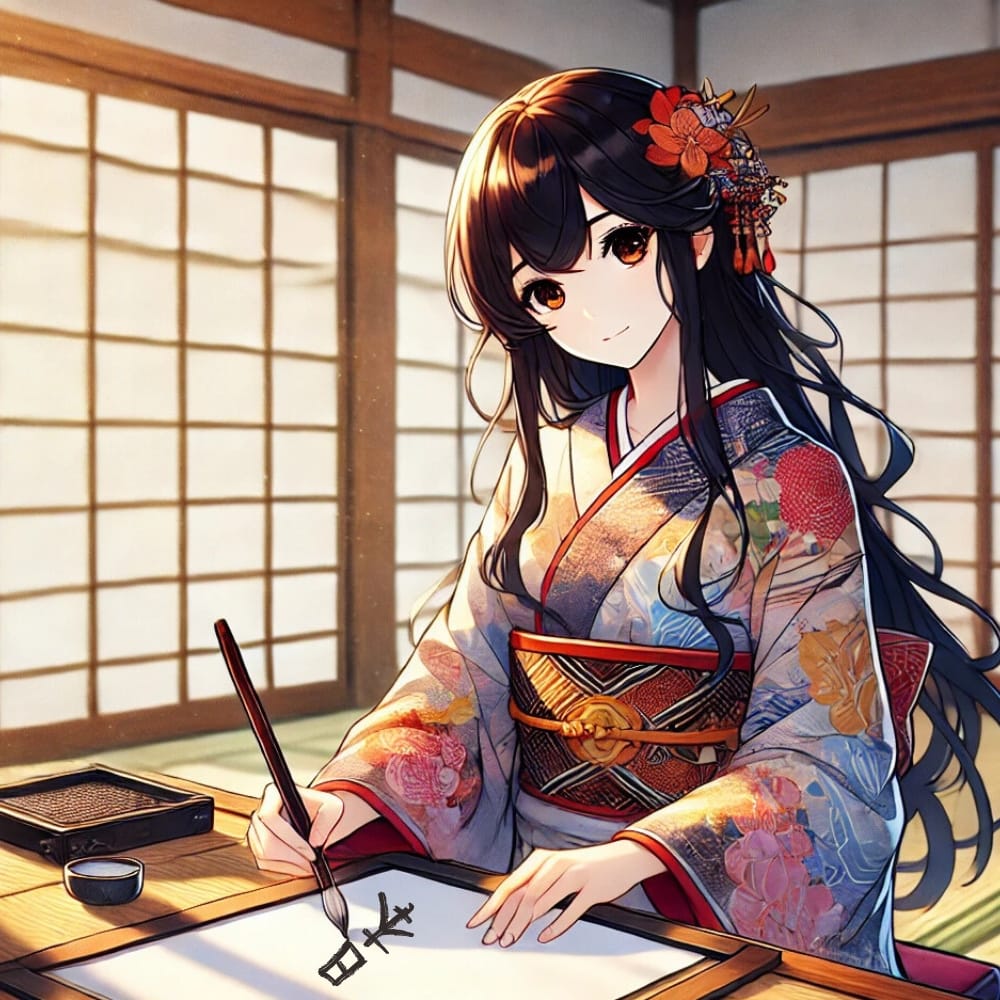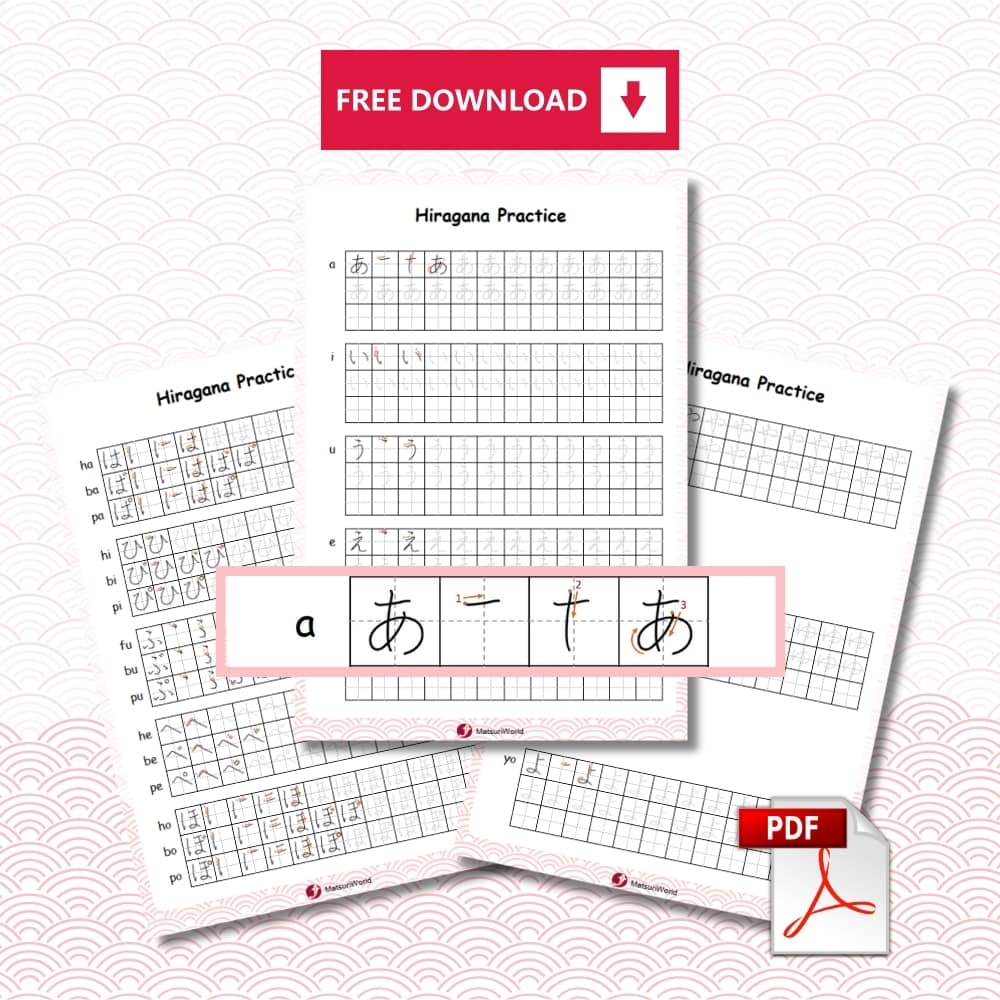A Beginner’s Guide to the Japanese Alphabet: Hiragana, Katakana, and Kanji
Learning the Japanese alphabet is an exciting step for anyone diving into the language. But, let’s be honest—it can feel a bit overwhelming at first. Why? Because Japanese doesn’t rely on a single alphabet like English. Instead, it has three writing systems: Hiragana, Katakana, and Kanji.
But don’t sweat it! In this beginner-friendly guide, we’ll break it all down, helping you understand each system, how they’re used, and how you can start learning them today. Ready? Let’s jump in!

What Is the Japanese Alphabet?
Before we dive into the specifics, let’s clear up a little confusion. Technically, Japanese doesn’t have an “alphabet” in the traditional sense. Instead, it uses syllabaries (symbols that represent sounds) and characters borrowed from Chinese.
The Japanese writing system is made up of:
- Hiragana – the core for native Japanese words.
- Katakana – used for foreign words and emphasis.
- Kanji – adopted Chinese characters that represent ideas or meanings.
Each plays a unique role in written Japanese, and together, they create one of the most fascinating writing systems in the world.
1. Hiragana: The Foundation of Japanese
Hiragana is often the first “alphabet” learners tackle when studying Japanese. It’s made up of 46 basic characters, each representing a specific syllable, like ka, shi, or to.
Why Is Hiragana Important?
- It’s used for native Japanese words and grammatical particles.
- Every Japanese word can technically be written in Hiragana.
- It’s the foundation for learning Kanji, as many Kanji include Hiragana readings (called furigana).
Example:
The word for “cat” is written as:
- ねこ (ne-ko) in Hiragana.
How to Learn Hiragana:
- Flashcards: Create cards with the Hiragana character on one side and the sound on the other.
- Practice writing: Repetition is key—grab a notebook and start practicing each character!
- Apps and games: Tools like Duolingo and LingoDeer are great for interactive learning.
2. Katakana: The Alphabet for Foreign Words
If you’ve ever seen Japanese written in sharp, angular characters, that’s likely Katakana. Like Hiragana, Katakana also has 46 characters, but it’s primarily used for:
- Loanwords (foreign words adopted into Japanese).
- Foreign names (like “Emily” becomes エミリー).
- Sound effects and onomatopoeia in manga and advertisements.
Example:
The word “coffee” (borrowed from English) is written as:
- コーヒー (koo-hii) in Katakana.
Fun Fact:
Ever wonder why Japanese words for foreign objects often sound a little different? It’s because Japanese adapts the pronunciation to fit its syllables.
Tips for Learning Katakana:
- Compare it with Hiragana—many characters look similar, like か (ka) in Hiragana and カ (ka) in Katakana.
- Focus on real-world examples: Look at menus, ads, or labels in Katakana!
3. Kanji: The Heart of Japanese Writing
Now, here’s where things get interesting. Kanji are characters borrowed from Chinese, and there are thousands of them—though you only need around 2,000-3,000 to read newspapers or books.
Why Use Kanji?
Kanji can condense complex ideas into a single character. For example:
- 日 (nichi) = Sun or day.
- 木 (ki) = Tree.
- 日本 (Nihon) = Japan.
Without Kanji, Japanese sentences can become long and confusing. Kanji adds clarity and visual appeal.
The Challenge with Kanji:
Each Kanji can have multiple readings (pronunciations), depending on the context. For example, the character 生 can mean “life,” “birth,” or “raw” and can be read as sei, shou, or nama.
How to Learn Kanji:
- Start with the basics: Learn the most common Kanji first, like numbers and days of the week.
- Use mnemonics: Break down characters into smaller parts to create memorable stories.
- Practice with tools like WaniKani, which helps you learn Kanji systematically.
How Do Hiragana, Katakana, and Kanji Work Together?
In written Japanese, these three systems often work side by side. Here’s an example sentence:
- 私はコーヒーを飲みます。
(Watashi wa koohii o nomimasu.)
Translation: I drink coffee. - 私 (Watashi): Written in Kanji.
- は (wa): Grammatical particle in Hiragana.
- コーヒー (koohii): “Coffee” in Katakana.
- を飲みます (o nomimasu): Hiragana and Kanji together to show action.
This blending of scripts might seem tricky, but it’s one of the unique charms of the Japanese language!
Tips for Mastering the Japanese Alphabet
- Start with Hiragana and Katakana: These two are the building blocks of Japanese.
- Set daily practice goals: Even 10 minutes a day can help.
- Use resources designed for learners: Apps, workbooks, and YouTube channels can keep you motivated.
- Immerse yourself: Label household items with their Japanese names or watch anime with subtitles.
- Be patient: Learning a language is a marathon, not a sprint. Celebrate small victories along the way!
FAQs About the Japanese Alphabet
Q: Do I need to learn all three writing systems to speak Japanese?
A: Not necessarily! You can speak Japanese without knowing Kanji, but being able to read and write in Hiragana and Katakana will open up more opportunities to learn and communicate effectively.
Q: How long does it take to learn the Japanese alphabet?
A: It depends on your dedication! Hiragana and Katakana can take a few weeks to a few months. Kanji, however, is a long-term commitment.
Q: Are there any shortcuts for learning Kanji?
A: While there’s no magic trick, tools like spaced repetition (e.g., Anki) and mnemonic techniques can significantly speed up your progress.
Wrapping Things Up
Learning the Japanese alphabet may seem daunting at first, but breaking it into manageable pieces—Hiragana, Katakana, and Kanji—makes it totally doable. Remember, consistency is your best friend. Start small, focus on the basics, and build up from there.
Whether you’re planning a trip to Japan, diving into anime, or simply exploring a new culture, mastering the Japanese writing system is an incredibly rewarding journey. So, what are you waiting for? Grab your pen and start practicing today!
